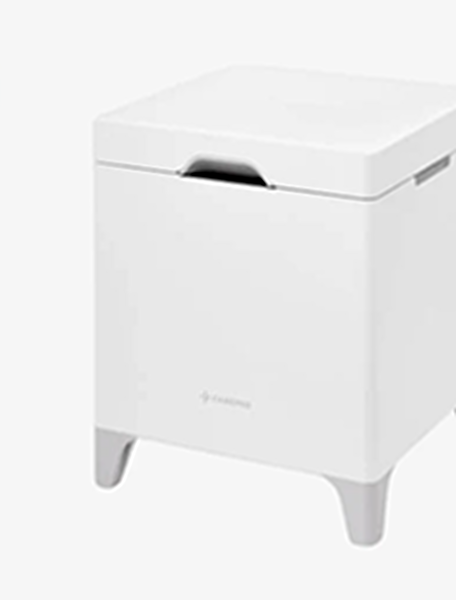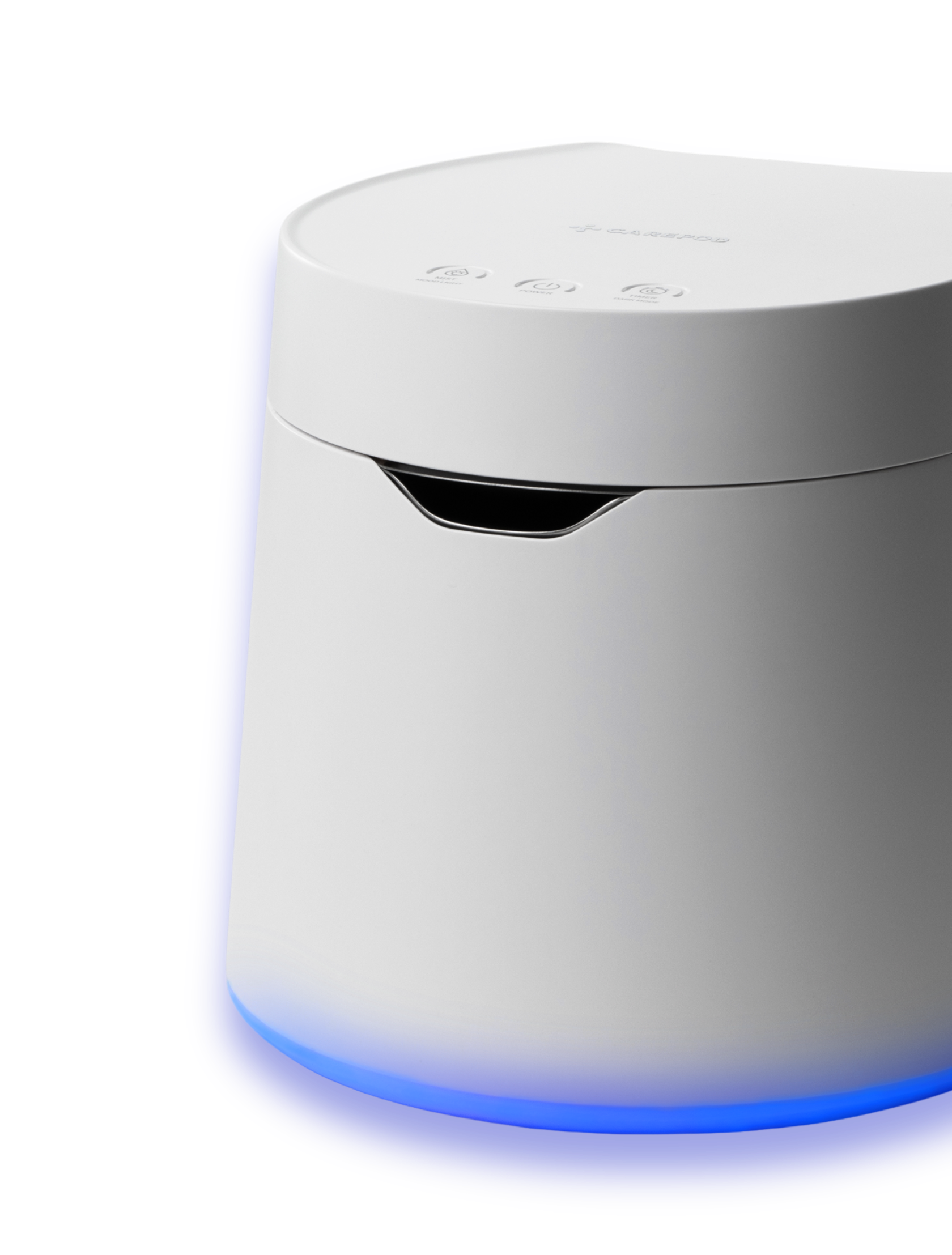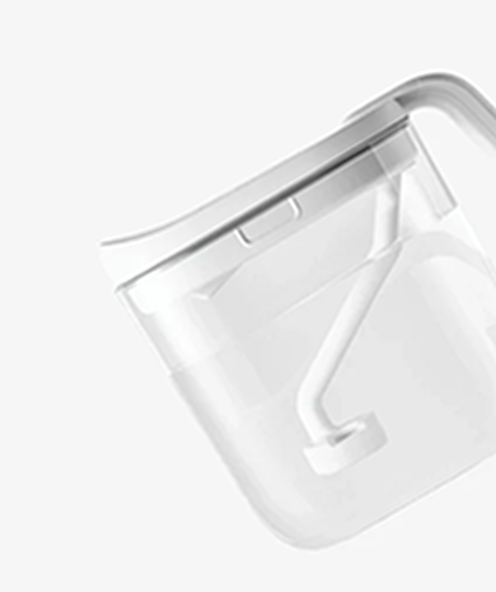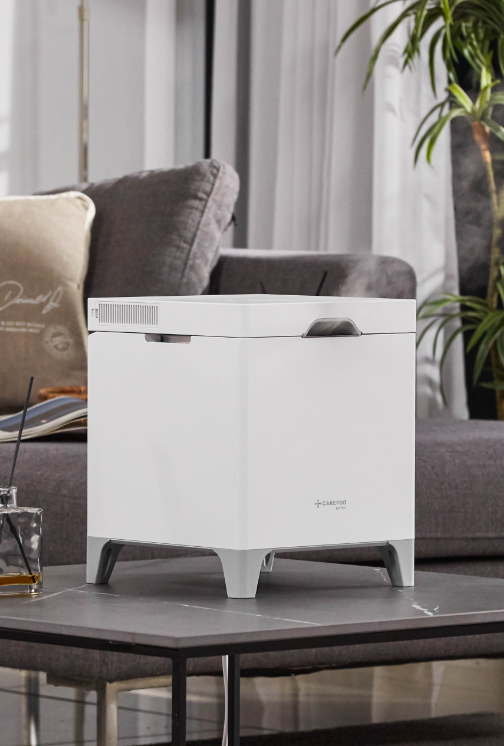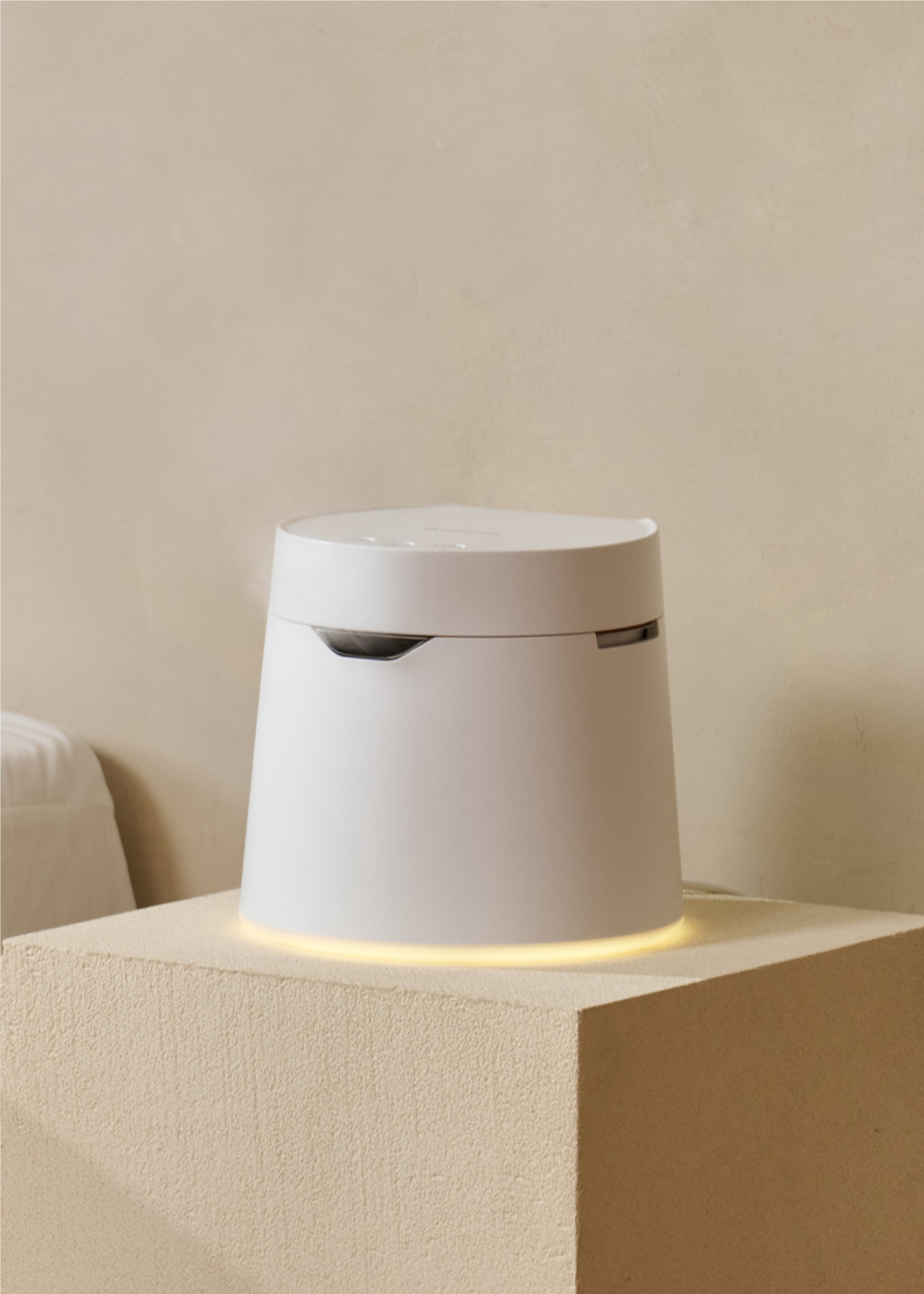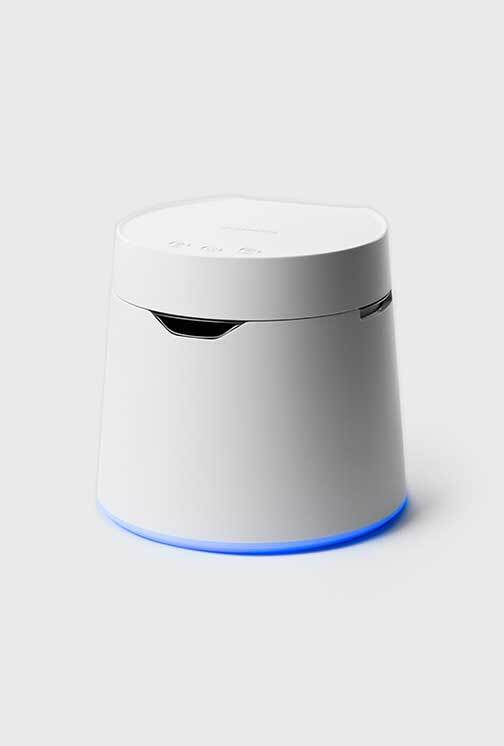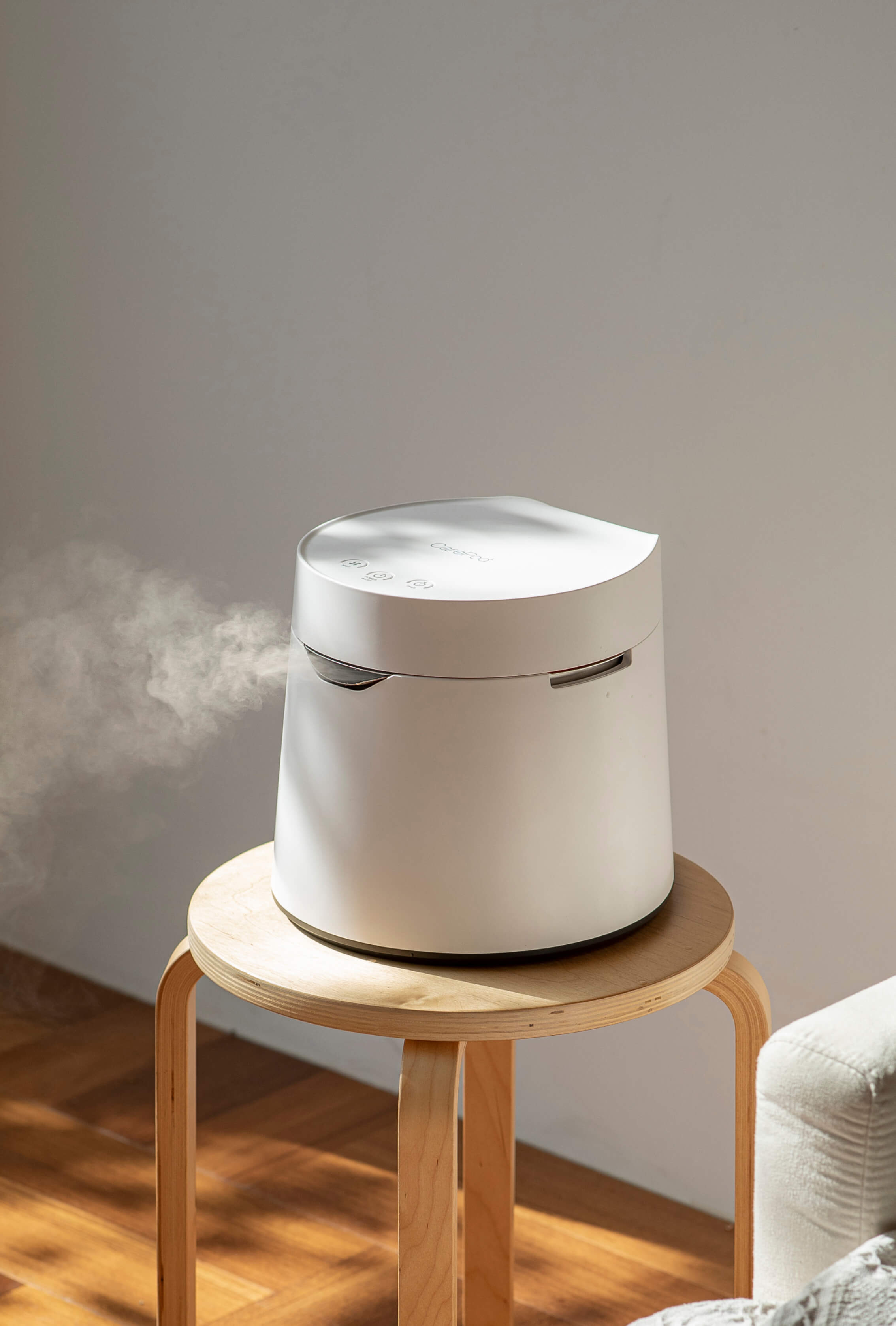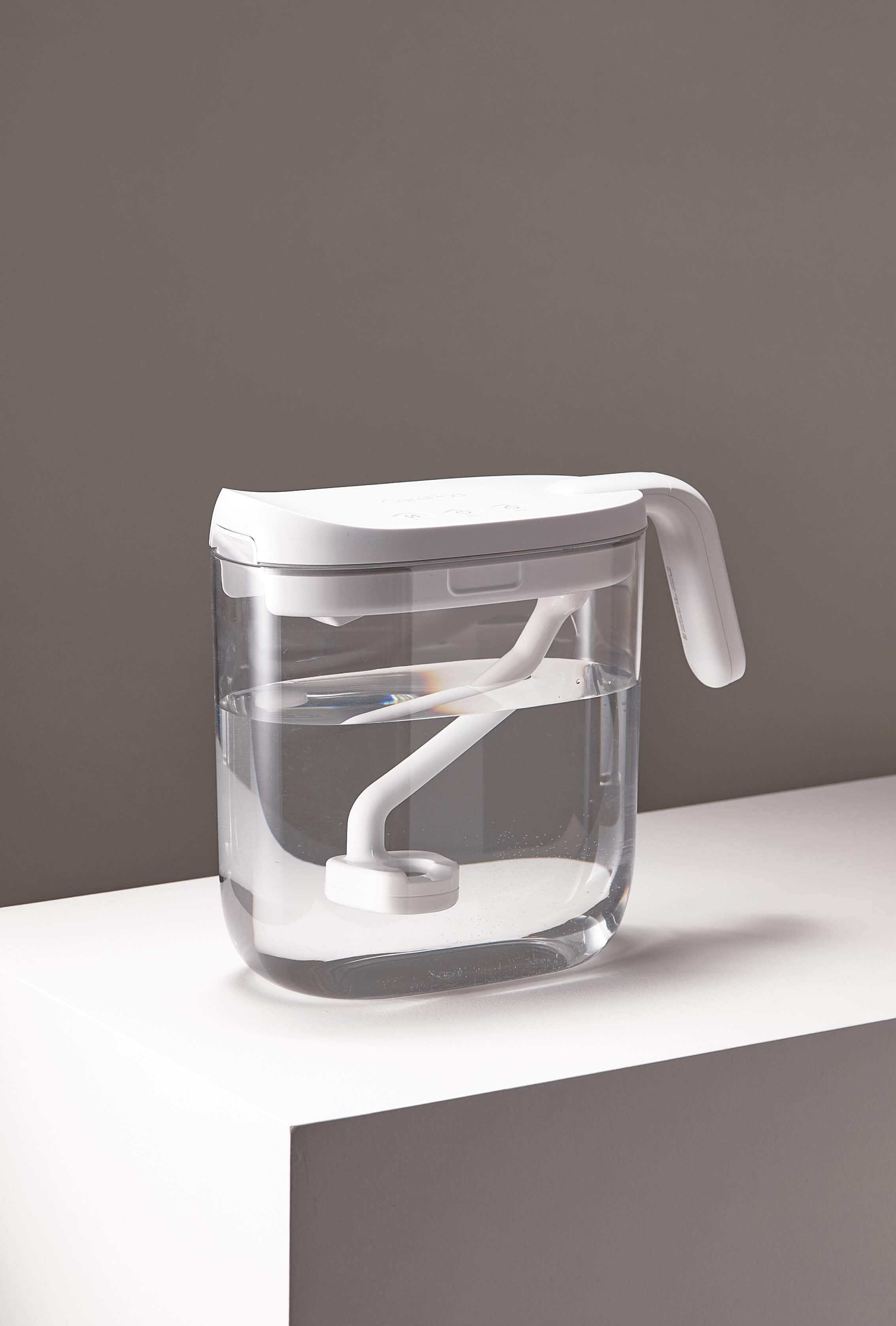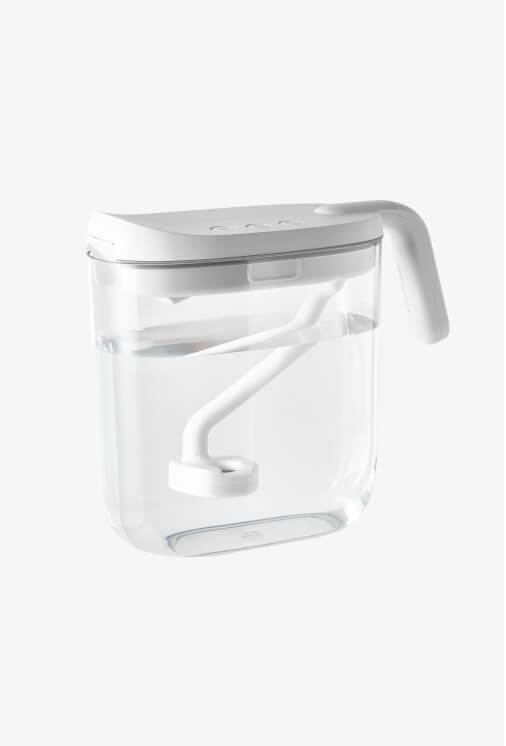Whole-House Humidifier: Everything You Need To Know

While all humidifiers add moisture into the air and can serve great benefits for your health and your home, they may do so in different ways. There are four main types of humidifiers: ultrasonic humidifier, evaporative humidifier, steam vaporizer, and whole-house humidifier.
So if you're looking into buying an air humidifier and are confused about all the different types and names... Well, we're here to help.
In this series, we'll overview the different kinds of humidifiers, and in this article, we'll cover the whole-home humidifier, also commonly known as a central humidifier.
How It Works
Whole-home humidifiers are powerful appliances designed to provide moisture to spaces as large as thousands of square feet. They come in several types — the steam humidifier, fan-powered humidifier, and bypass humidifier — but all are connected to the central heating unit and water supply, distributing humidified air through the duct system of your home. A separate device called a humidistat is typically used to monitor the level of humidity.
Central humidifiers, unlike ultrasonic, evaporative, and steam devices, are not designed to be moved around. But if you're looking to add moisture to every room in your house without buying and maintaining several portable units at the same time, then this type might be the way to go.

Benefits
Whole-home humidifiers do not require nearly as much regular maintenance as their portable counterparts. A thorough cleaning once a year, ideally at the end of the heating season, should be sufficient to help prevent risks such as excess bacteria growth and mineral deposits. You won't need to worry about changing the water every day and disinfecting the insides of the device every three days.
Central humidifiers could also save you some money on energy costs for heating and electricity. After all, it's much more efficient to humidify your entire house at once than to have a portable humidifier running in each room.
And while large and bulky in design, whole-home humidifiers are out of sight and out of mind once installed, so you won't have to worry about a large appliance taking up space in your living room or bedroom. They're also much quieter than portable humidifiers and don't produce a visible mist, so you won't even notice their presence.
Drawbacks
Unlike with a portable device, which is simply plugged into a standard electrical outlet and good to go, the assembly and installation process for a whole-house humidifier requires various tools and extensive manual labor. If you aren't experienced with this kind of handiwork, it's best to hire a professional installation service, although this can of course amount to additional costs. And if the machine breaks down, repair will also likely require professional help and more money out of your pocket.
Given that the unit price for a whole-home humidifier is much more expensive than that for a portable model to begin with and you'll have to buy replacement filter pads once in a while as well, the total price for everything could rack up over time.
The biggest danger of a whole-home humidification system is that whenever there is some kind of problem with the machine, such as mechanical failure or mold growth, the issue will affect the entire house — not just one room.

How To Clean And Maintain
Before cleaning or beginning any steps on your own, be sure to follow specific instructions on the owner's manual for your whole-house humidifier.
First, turn the machine off and unplug so as to avoid electric shock. Then disassemble parts of the humidifier that need to be cleaned.
Typically, you would empty the water source, refill the tank about two thirds of the way up, and a few drops of strong disinfectant like chlorine or bleach in order to remove any bacteria, mold, and mineral buildup. After the inside is sanitized, continue to clean other parts of the humidifier like the outer body, on which mineral deposits and dust may reside. Using a wet, warm washcloth, perhaps dipped in a white vinegar solution, should do the trick. Keep in mind that you'll also need to either clean or replace the filter pad — most can be soaked or rinsed in water.
Finally, be sure to reassemble the machine carefully to avoid water leaks or other potential mechanical problems.
FAQ
- How do I tell if my whole-house humidifier is working?
When you turn on the machine, there should be an audible click followed by the sound of a fan coming from within the device. You should also be able to see and hear water running through the drain tube. If you suspect that your humidifier is broken, turn it off and try to fix the issue before continuing to use it.
- When should I turn on my humidifier?
A whole-house humidifier can be left on all the time to keep the indoor humidity within the ideal range of 30% to 50%. You should have a humidistat to monitor the moisture level — when it's too low, turn the device on, and when it's too high, turn it off for a while.
- What are the benefits of using a humidifier?
A dry climate in your home, which is especially common during the winter, can cause all kinds of problems. Maintaining healthy humidity levels may be able to help with issues such as dry, itchy skin, congested nasal passages, eyes/nose/throat irritation, and other common cold and allergy symptoms. Humidifiers can also improve your indoor comfort level and overall home environment, serving benefits for your plants, pets, and furniture.

Final Thoughts
At the end of the day, the best type of humidifier is the one that best suits your needs and preferences.
To summarize, whole-home humidifiers are connected to the central heating unit and work by providing humidification for each room through the duct systems in your house. They don't require frequent maintenance and cleaning like portable humidifiers, are more energy-efficient and can save money on your utility bill, and are quiet and out of sight. However, the installation process can be difficult and oftentimes requires the help of an expert, and if a problem with the machine does arise, then every room in your house will be affected.
In the end, if maintained properly through the years, a quality whole-house humidifier could be a great investment that provides tremendous benefits for your personal health and overall well-being, as well as that of your family and home.
